inside islington mill
Communities of Culture
Video Produced By Sean Stillmaker
Amid a concrete maze rests a peculiar former cotton mill whose clandestine nook alludes to an artistic haven, one that undoubtedly serves as the collaborative headquarters of our dreams. Subconsciously woven into the fabric of Manchester, Islington Mill is a place where creativity roams free and inspiration sees no boundaries.
Home to over 50 artists’ studios, residential flats, galleries, a B&B and nightclub, The Mill is wholeheartedly DIY in spirit. The characteristics of each unique mind shine through signifying the perseverance and power of artistic longevity.
Strengthening the imagination and keeping the soul hungry, the environment represents a niche collective where life and individual identity not only coexist but also thrive. It’s an ingenious dwelling that seeps into your consciousness, altering your way of thinking.
“There’s a kind of unparalleled dynamic here at the Mill. It’s a place where collaboration definitely happens organically. It’s never forced,” explained Shereen Perera, The Mill’s visual arts coordinator.
Nestled within the first floor gallery space, past the thick metal door and corridor of Leigh Bowery inspired patterns, Shereen continued to explain The Mill’s vibrancy to Sean and I.
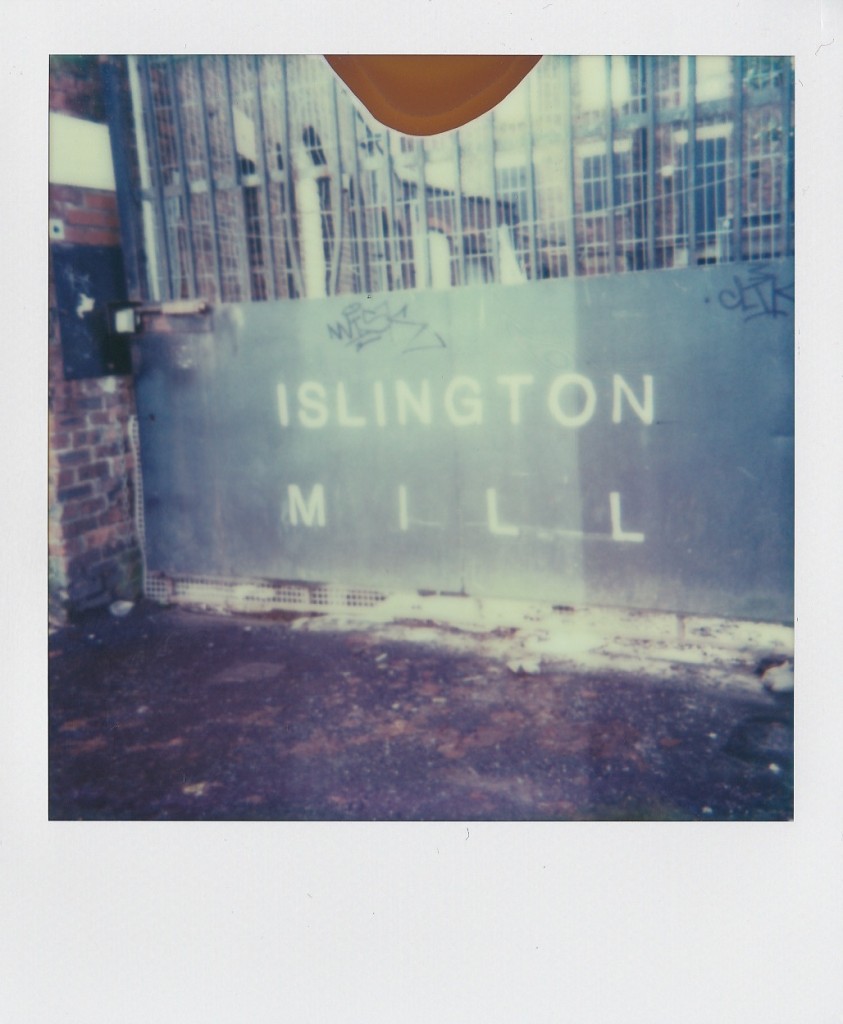
“What makes the space particularly special is that it’s not just one discipline. It’s visual arts, music, fashion, graphics, textiles, ceramics; everything. People just are naturally willing to collaborate with each other.”
Shereen’s experience is one of the examples behind The Mill’s magical power. Straight out of university, she started as a short term assistant in 2011, but after completion, “I just wanted to stay here… I cannot leave,” she recalled with her eyes beaming with relective enthusisasim, which is still present today. So The Mill hired her on as the visual arts coordinator. In addition to her role, Shereen headquarters her company Video Jam at The Mill, which is a unique film and sound sourcing collaboration.
Brewing with an irresistible dichotomy, The Mill is a mash up of every generation’s greatest cultural references. Upon entering you feel like you’re part of the Warhol Factory but also like you’ve just taken a seat in English professor John Keating’s class from Dead Poet’s Society.
As you walk through the halls you envision Robin Williams proclaiming, “we must constantly look at things in a different way,” to a room full of well suited up students. You metaphorically can hear the click of Warhol’s Polaroid camera as he readjusts his sliver wig alongside Edie Sedgwick. Images of Patti Smith and Robert Mapplethorpe during the Summer of ‘69 rush into your mind while a David Bowie soundtrack quietly plays.
Floor by floor, past the studios of renowned photographers and artists such as Rachel Goodyear, Andrew Brooks and Mark Edwards the overall energy remains contagious. It’s the kind that grants confidence to artists, residents and those passing through. In a world where we’re told to conform and strip ourselves of any identity this type of atmosphere is an invaluable asset, one that slows down the decline and decay of modern culture. Manchester could not do without it.
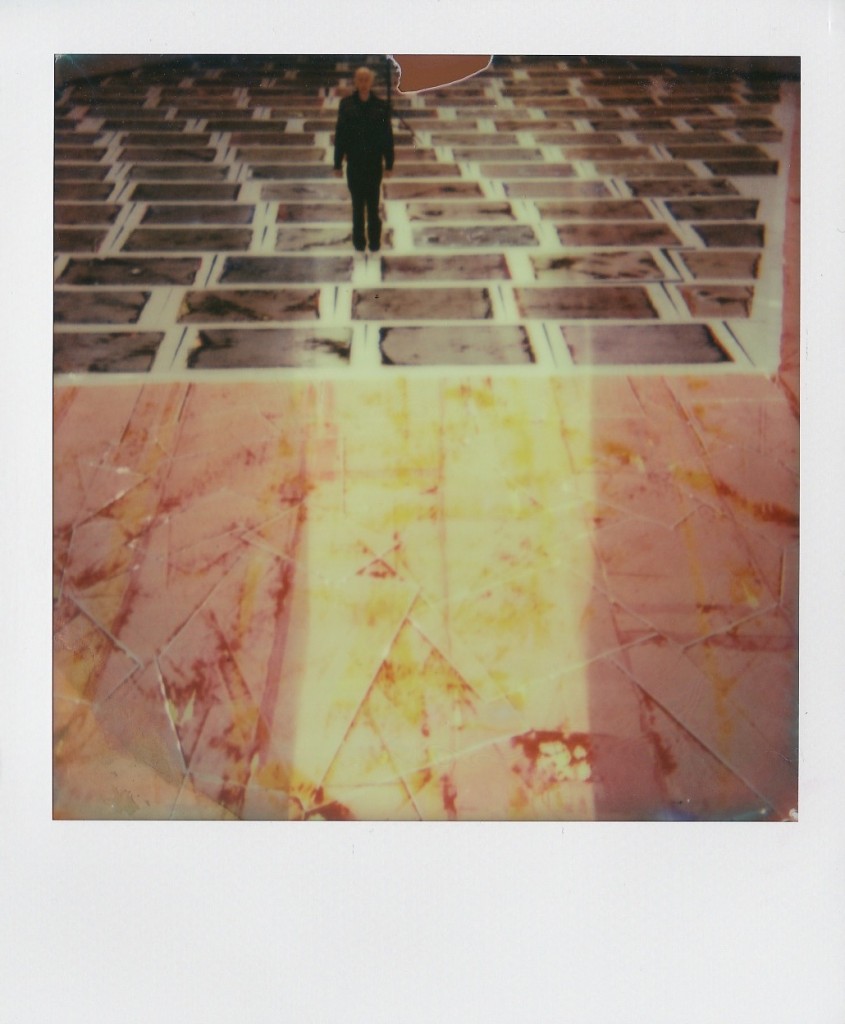
While each artist uses The Mill as a central hub to hone in on their specific medium, ranging from fashion and design to performance and visual art, they all organically exemplify one cohesive mission statement behind their work: mastering the art of living.
There’s no shortage of driven and inspiring minds, but it begins with The Mill’s founder, Bill Campbell. Having studied fashion design at Central Saint Martins in the 90s, Bill experienced true avant-garde East London as it was still emerging with influential personalities throughout the fashion and art worlds, some of who went on to define the decade.
“My brother had also studied fashion at Saint Martins. As soon as I was able to jump on the train myself down to London I was immediately involved in this kind of very exciting scene that included things like i-D magazine documenting all this raw energy, fashion designers, Leigh Bowery in clubs and Michael Clark. It was all very exciting and eccentric. That was the world I was attracted to,” explained Bill in a tie-dye jumper and jeans.
Over a cup of tea inside of The Mill’s cozy B&B where Bill and visual artist Maurice Carlin reside, Bill explained how The Mill became what is it today.
After graduating Saint Martins, Bill relocated back to Manchester to start up his design company. In search of a space, he discovered The Mill, which was conveniently located across the street from his flat at the time, had space for rent.
“Developing The Mill was a response to what was in Manchester before. Back in the 90s when I first returned yes there were studio groups but they were very media specific, sculpture and painting studios,” he said.
As a look of nostalgia glazed over his face he paused momentarily and took a sip of tea before he continued.
“Coming from a design background I didn’t fit into those categories. And also practice was changing a lot. People weren’t as fixed in one specific media. Maybe those models were kind of a hangover from the 80s.”
Wanting to create a space where a very diverse group of artists could work together, Bill decided to buy the building and focus his creative energy on building a model where collaboration could break all barriers.
“During that period I was teaching, developing my design business and trying to convince people about this idea for The Mill. It was all a bit too much to be doing all at the same time. So something had to give. And I needed the money from the teaching so it was the design business and my own creative practice that suffered first. This happens a lot with people. The Mill is in place to make sure the creativity doesn’t always have to suffer.”
17 years later Bill has given life to an incubator of unparalleled originality, innovation and vision. The history of The Mill is one for the books.
From former Mill musical sensations the Ting Tings to current residents such as GNOD, DIY sound artist Callum Higgins, Michael Holland and Volkov Commanders the amount of talent within the confides of The Mill reaches unfathomable depths.
“I’m quite rebellious and I choose artwork to rebel within my own systems. I create my own authorities and rebel within them. The artwork is about that. The pictures can be anything. Whenever they become something I change direction. It’s infinite. Chasing the idea.” Neil Robbins told us in his self constructed studio where every single wall, stud, compartment and cupboard are vividly hand painted with his detailed and colorful artistic execution.
The stories of each of these universally fascinating creative minds is only beginning. Each one is in place to remind us how remarkable the existence of an artistic community like the Islington Mill truly is.
Far from shy, most of The Mill’s inhabitants confidently agree that nearly every artistic space of Manchester’s hipster Northern Quarter relates back to The Mill.
“The Mill is so special. We’ll relate to a dirty club night in Manchester but we’ll also relate to Manchester Art Gallery, which is this very prestigious national gallery. It’s so many different mediums. You could be here partying at 6 am or you could come to attend a really high profile artist talk. That’s the magic of this place,” Shereen said.
From personal style to innovative endeavors, The Mill is a realm of its own filled with an infinite nature of self expression.
Coming to Islington Mill you enter as a traveler and exit as a storyteller. While the creative road may be long and unpredictable, it’s communities of culture like Islington Mill that keep the world alive.
Related Reading




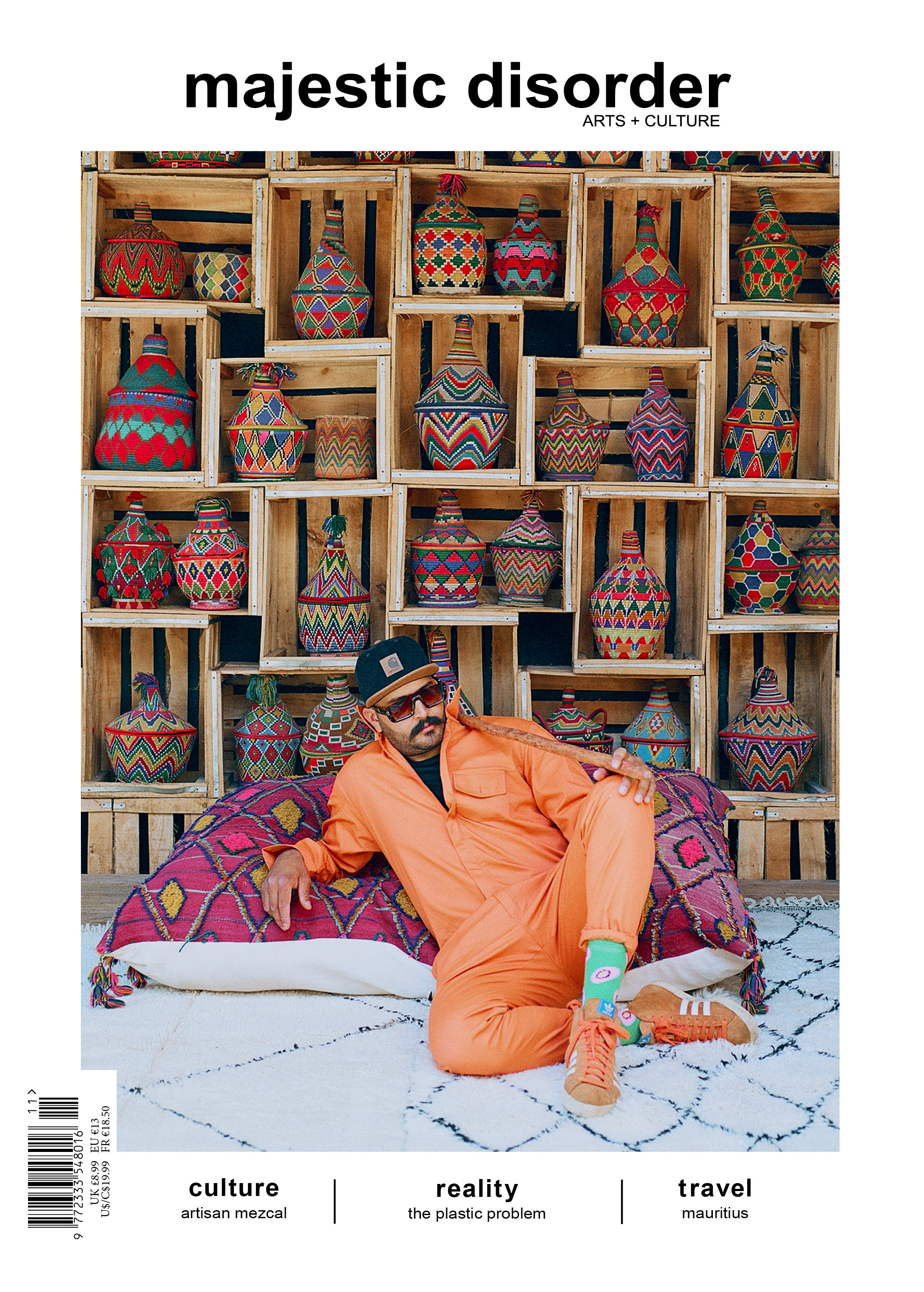

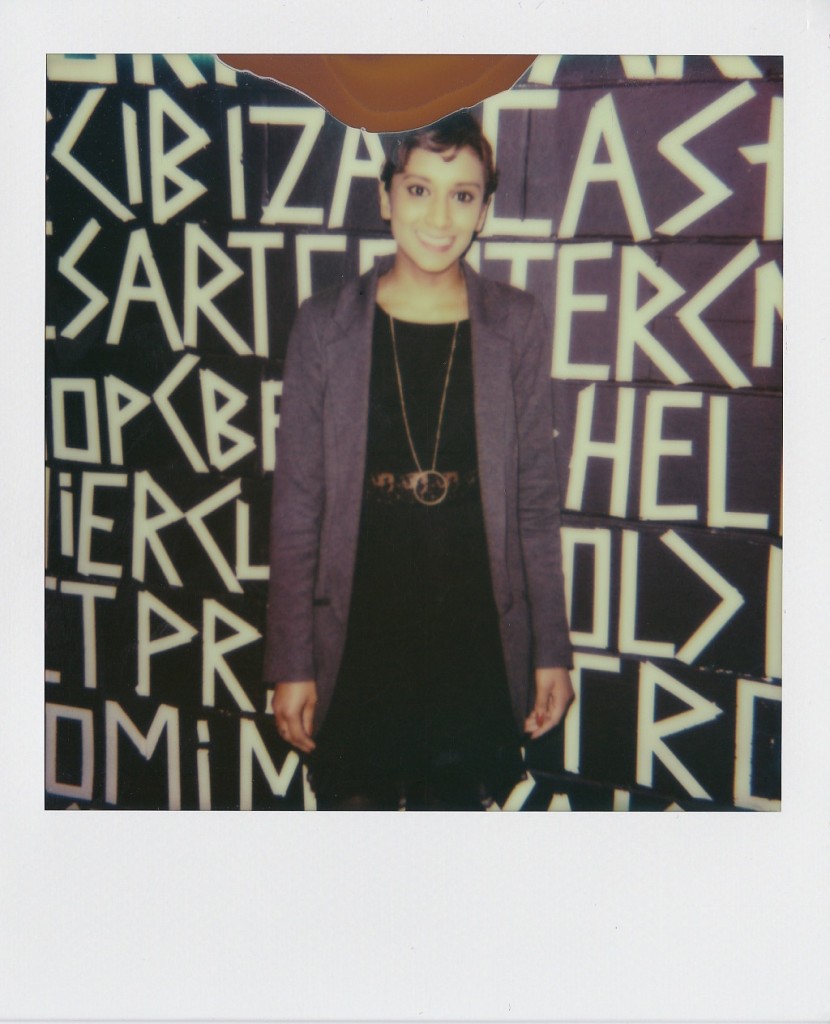
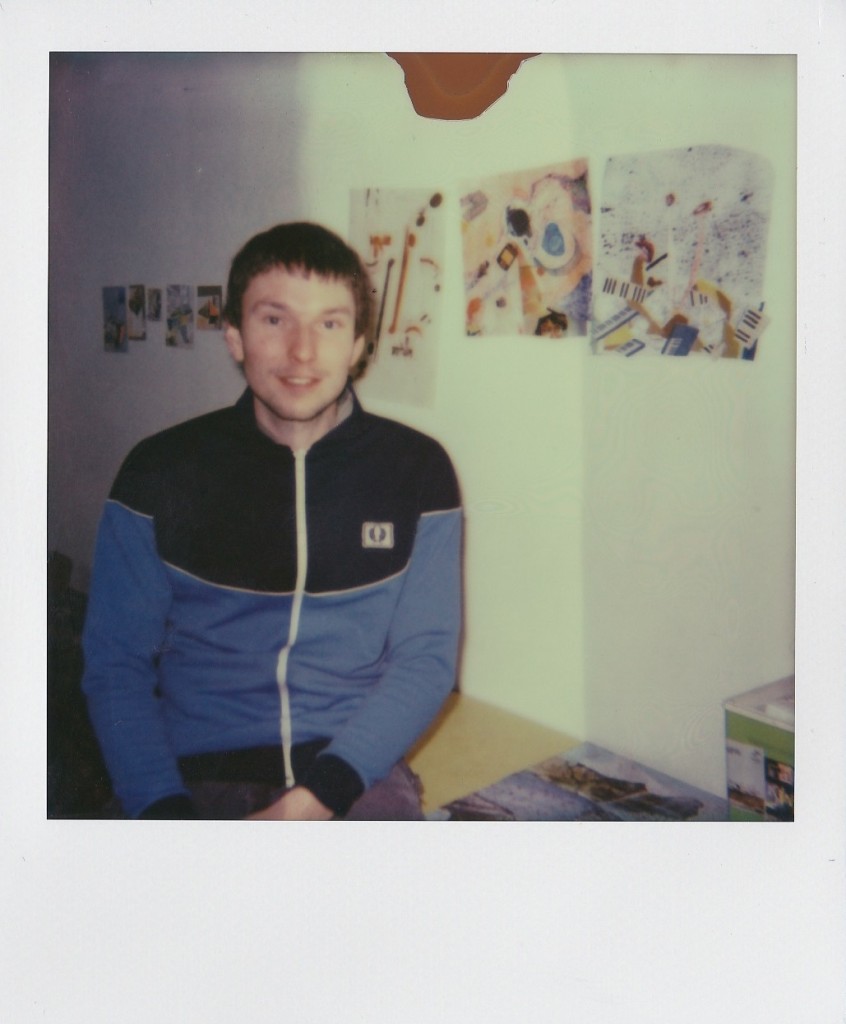
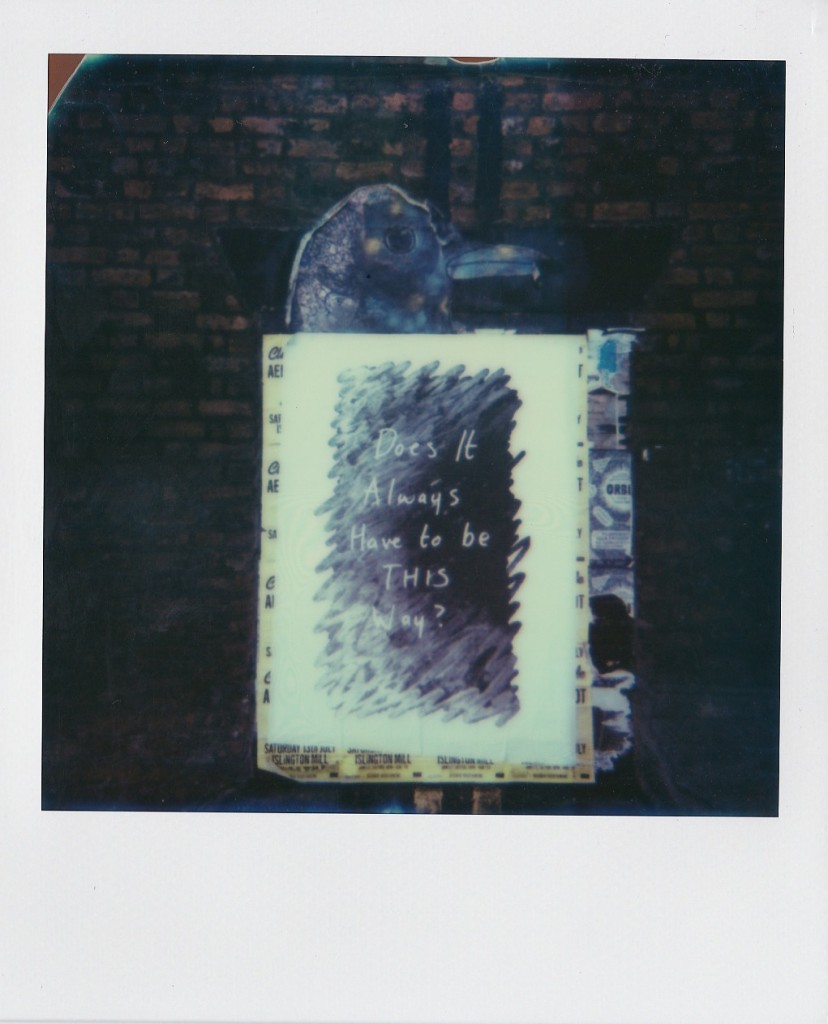
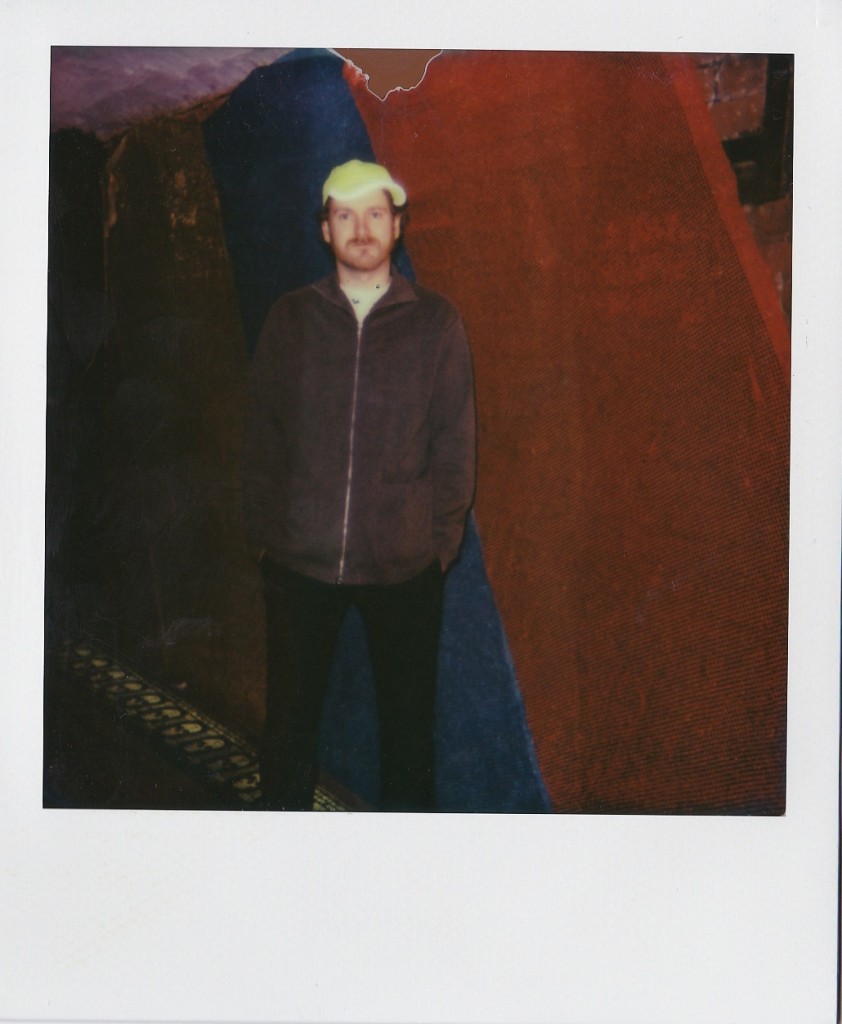

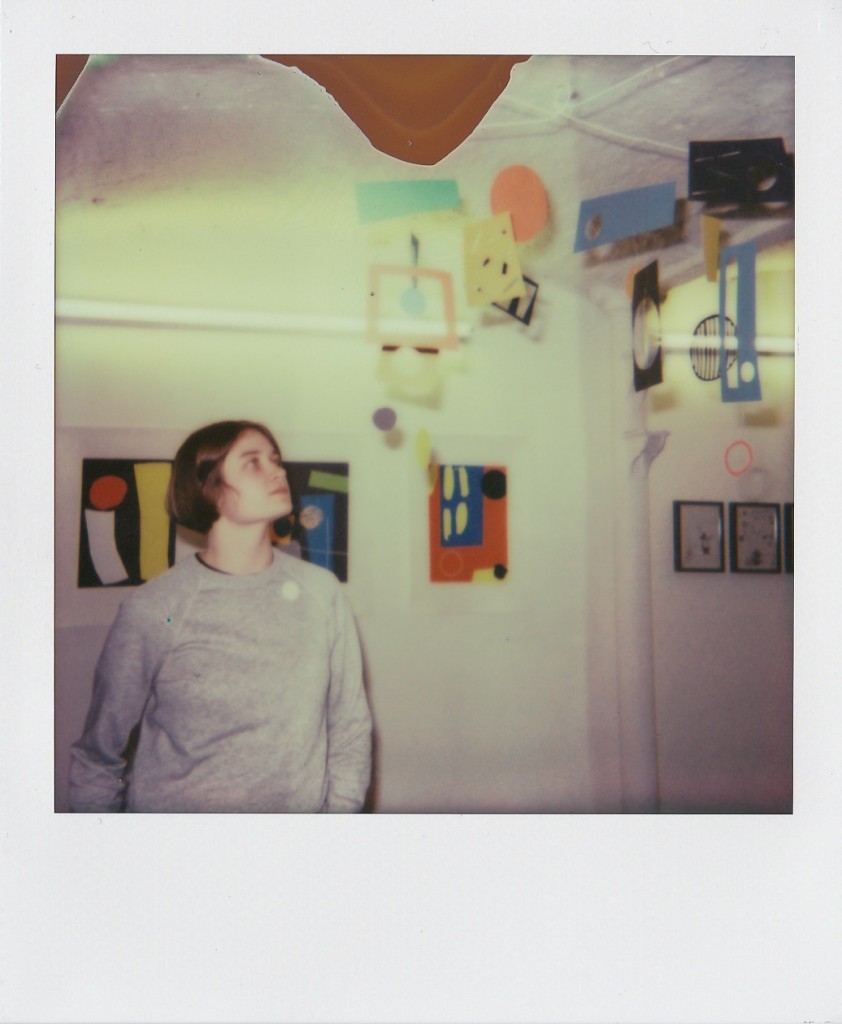
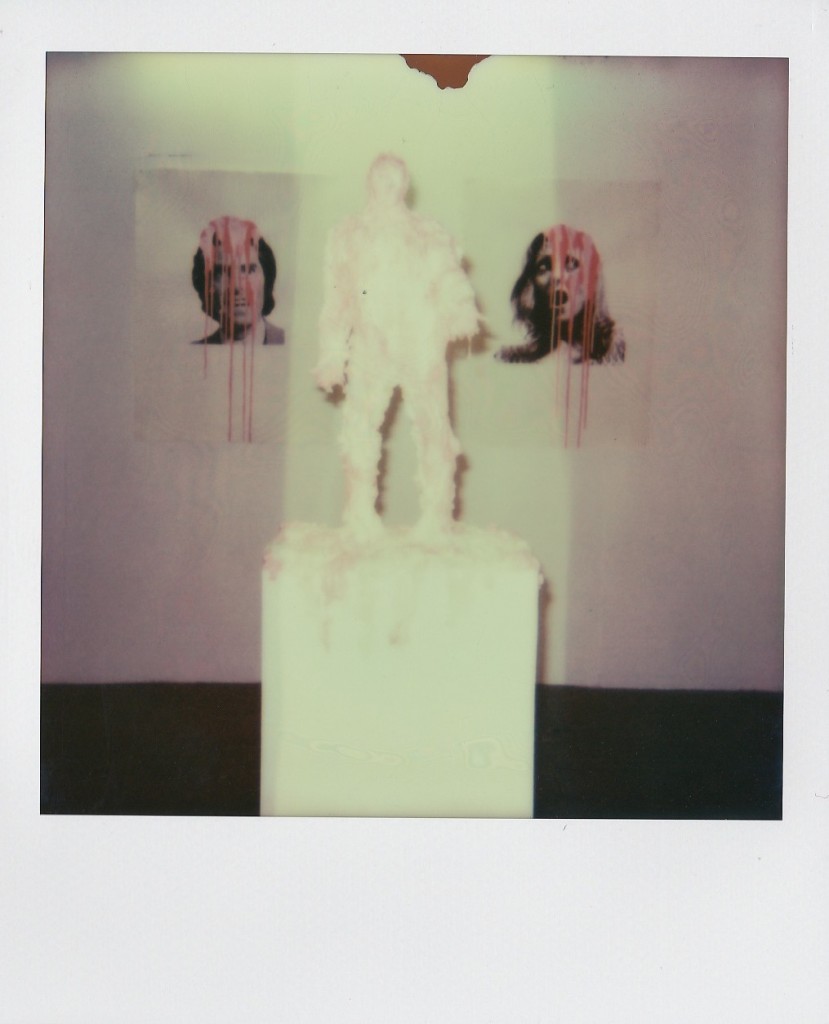
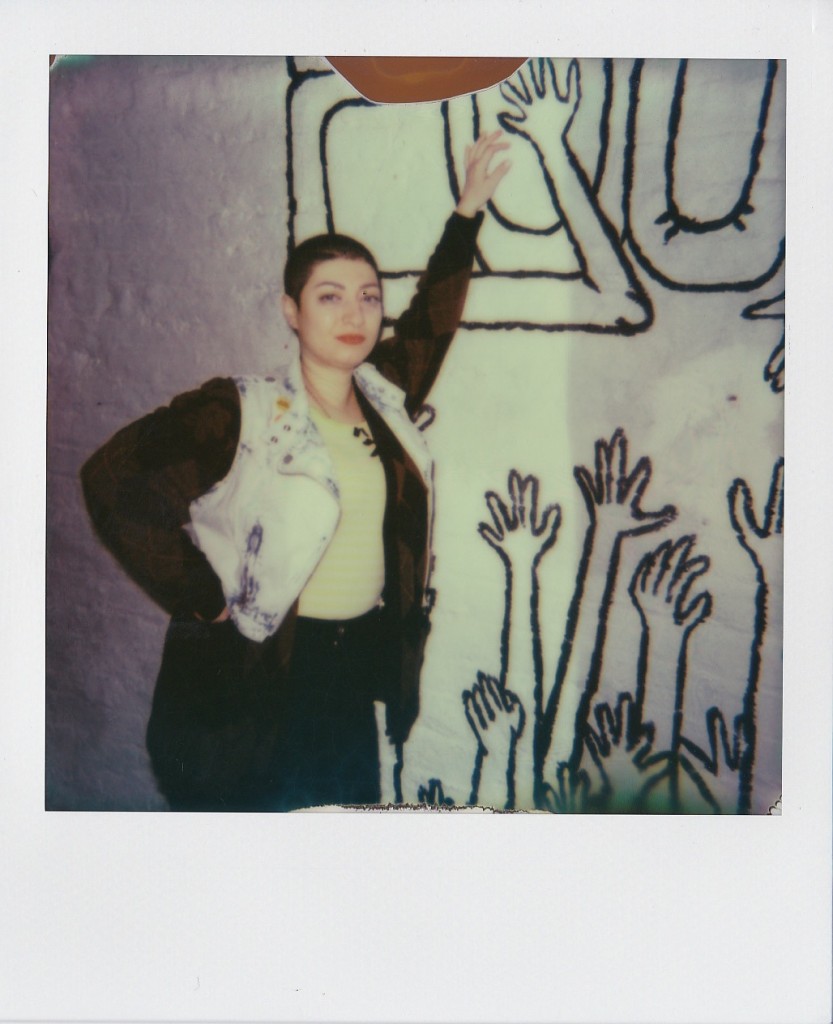

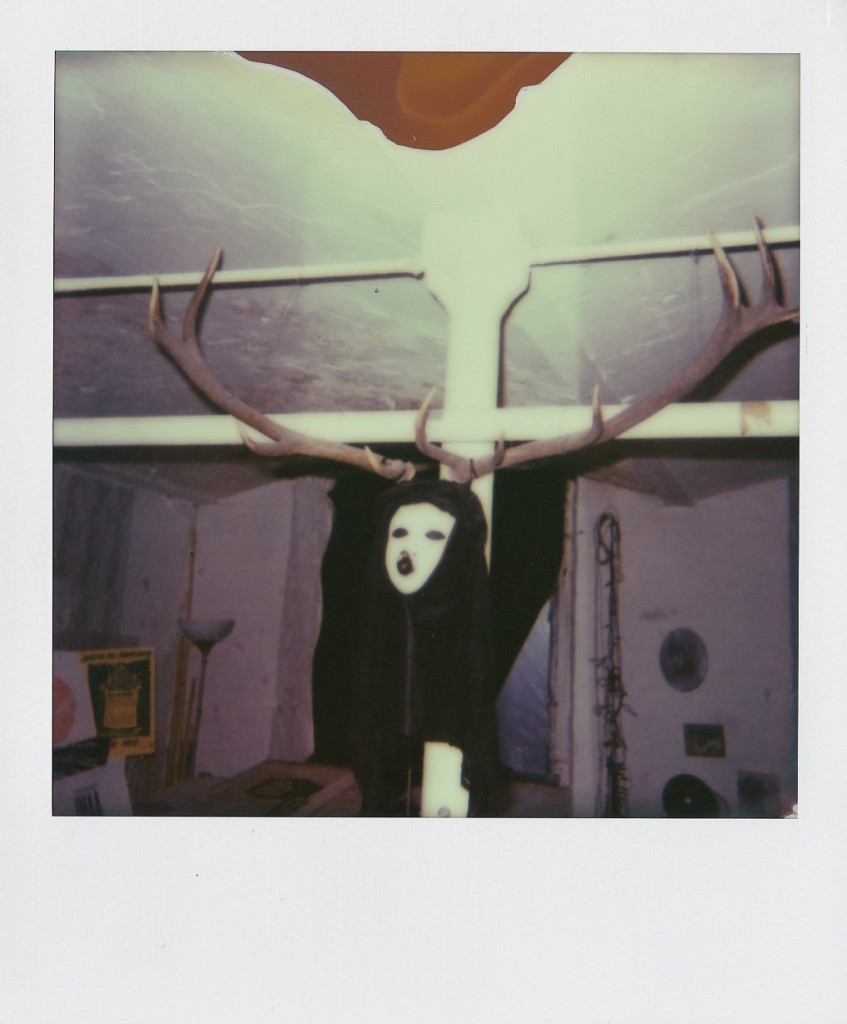
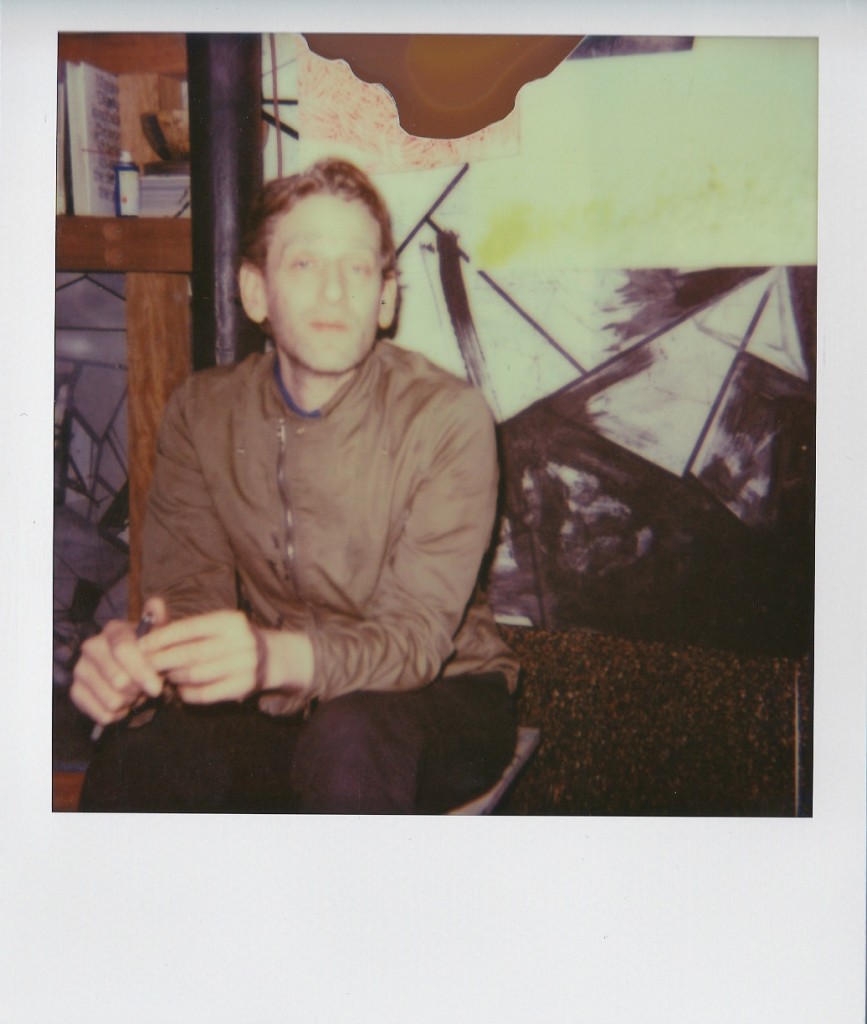

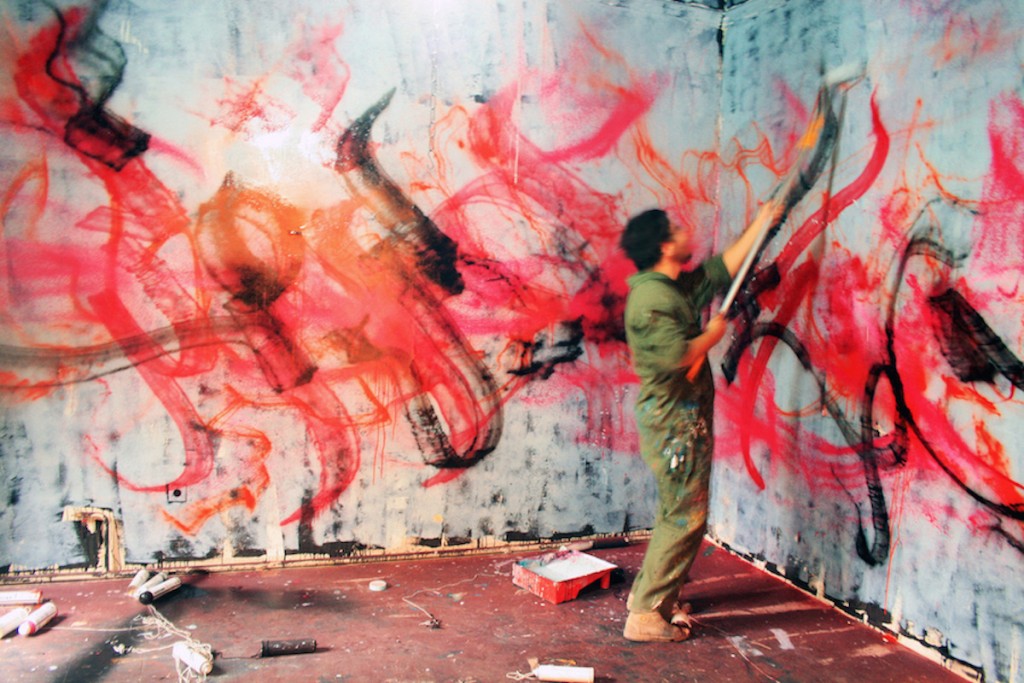
 @majesticdisorder
@majesticdisorder